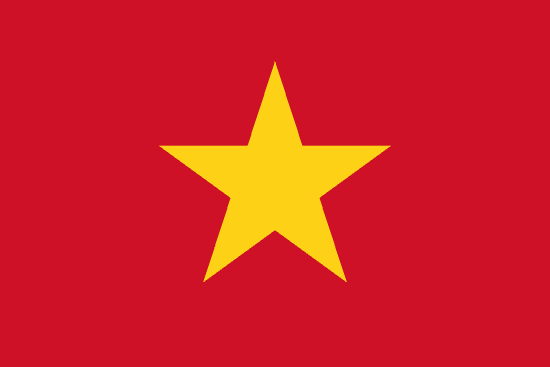"Ha Long - Kỳ quan thiên nhiên thế giới | Ha Long - The World's Natural Wonder"
About:
Ha Long City, located in Quảng Ninh Province, Vietnam, was officially founded in 1993. The city is best known for the adjacent Ha Long Bay, a UNESCO World Heritage Site. Historically a part of Van Don District, the city's growth has been tied to tourism, with the bay's unique karst landscapes attracting millions annually. The city has also seen significant industrial development, including coal mining and fishing. Today, Ha Long City continues to balance its industrial growth with the preservation of its world-renowned natural beauty.
When to visit:
Ha Long City, located in Vietnam, is a popular tourist destination known for its stunning limestone karsts and emerald waters. The best time to visit Ha Long City on a holiday is during the dry season, which typically falls between October and April. This period offers pleasant weather with clear skies and minimal rainfall, ideal for exploring the city's picturesque landscapes and enjoying outdoor activities such as cruising in Ha Long Bay. It is advisable to avoid the rainy season from May to September, as heavy downpours and occasional typhoons can disrupt travel plans and limit outdoor excursions.
When to avoid:
Ha Long City, located in Vietnam, experiences its peak tourist season from October to April, with the highest number of visitors during holidays such as Christmas and New Year. The worst time to travel to Ha Long City on a holiday would be during the summer months of June to August when the city experiences hot and humid weather, frequent rain showers, and potential typhoons. These weather conditions can disrupt travel plans, limit outdoor activities, and lead to overcrowded tourist attractions and accommodations. Travelers seeking a more comfortable and enjoyable experience in Ha Long City during holidays should consider visiting during the cooler and drier months of the peak season.
"Winter Season (Dec-Feb)"
Between January and March, Ha Long City experiences its coldest and wettest period. The average temperature ranges from 14-20°C (57-68°F). Rainfall is heavy, peaking in February with up to 80mm, making outdoor activities challenging. Sunlight is minimal with an average of 2-3 hours per day, while cloud cover is high, often resulting in overcast skies. It's also the foggy season, making the iconic limestone karsts appear mystical. For visitors, days are typically spent indoors, exploring museums, spas, and indoor attractions, or taking short, brisk walks around the city.
"Summer (May–October)"
In Ha Long City, Vietnam, the warmest part of the year typically falls between June and August, with July being the hottest month. During this period, the average high temperatures range from 30°C to 35°C (86°F to 95°F), while the average lows range from 24°C to 26°C (75°F to 79°F).
Rainfall is quite high during these months, with July and August being the peak of the rainy season. You can expect around 200-220mm of rainfall per month, with around 15-18 rainy days. Despite the rain, there's still a fair amount of sunlight, with an average of 5-6 hours of sunshine per day.
Humidity levels in Ha Long City during the warmest part of the year are high, typically hovering around 80-85%. This can lead to a feeling of intense heat and stickiness, especially during the peak afternoon hours.
Cloudiness varies, but generally, these months have a mix of clear, partly cloudy, and overcast days. The sky is mostly clear or partly cloudy for about half of the time, while it's mostly cloudy or overcast for the other half.
For a visitor, a typical day during this season feels hot and humid, with a good chance of afternoon showers or thunderstorms. Mornings usually start off bright and sunny, but clouds often build up as the day progresses, leading to rain in the afternoon or evening. Despite the rain, the warm temperatures and tropical setting make it a vibrant and lush time to visit.
Language:
In Ha Long City, the most commonly spoken language is Vietnamese, as it is the official and national language of Vietnam. Additionally, due to the city's status as a major tourist destination, English is also frequently used, particularly in the hospitality and tourism sectors. Chinese and French may also be encountered, reflecting historical ties and regional influences.




